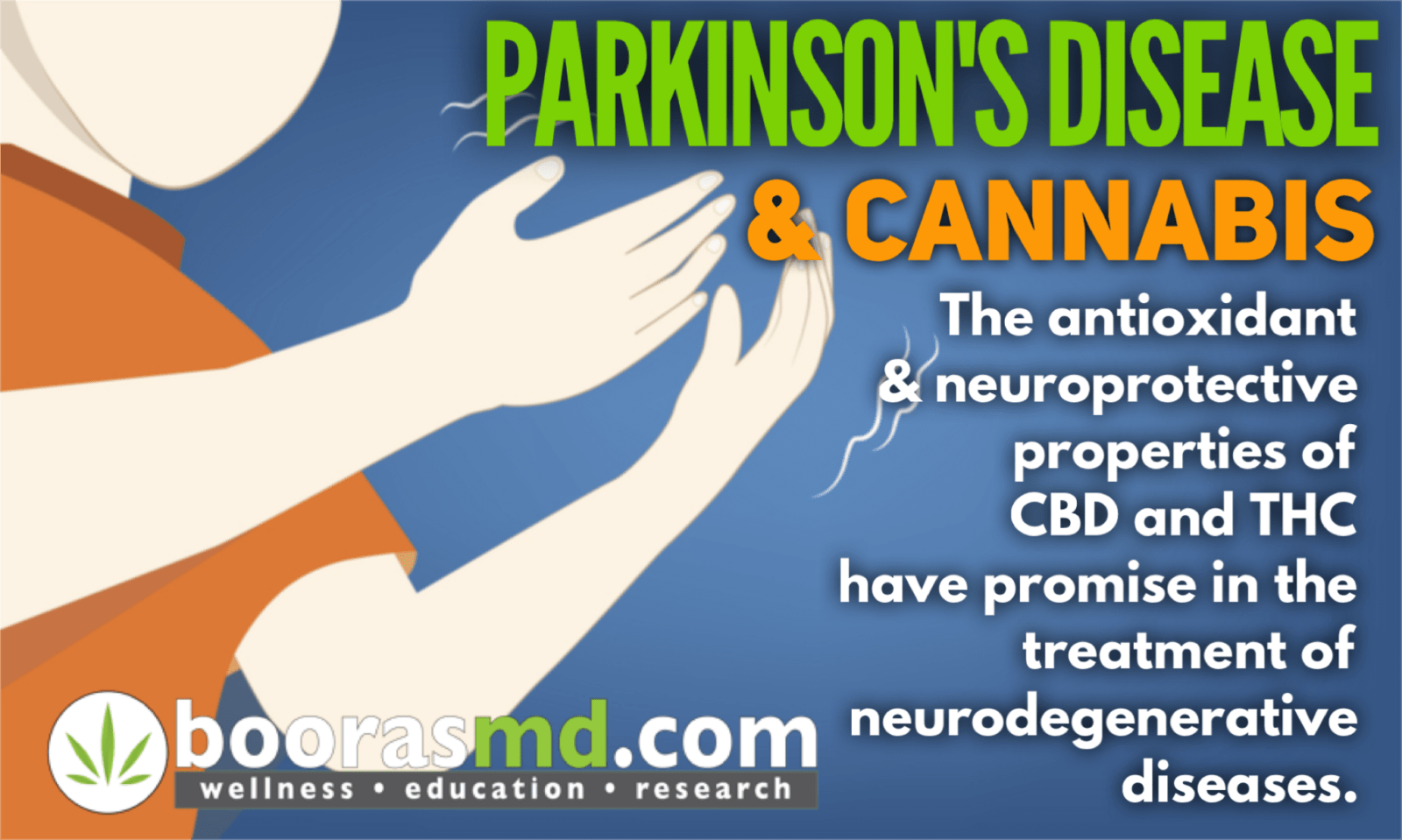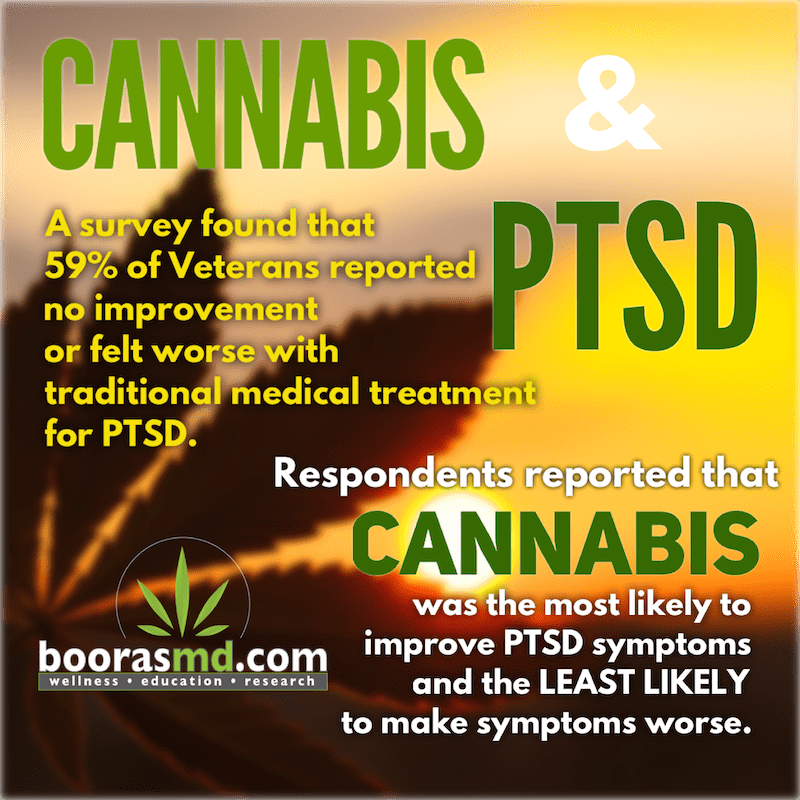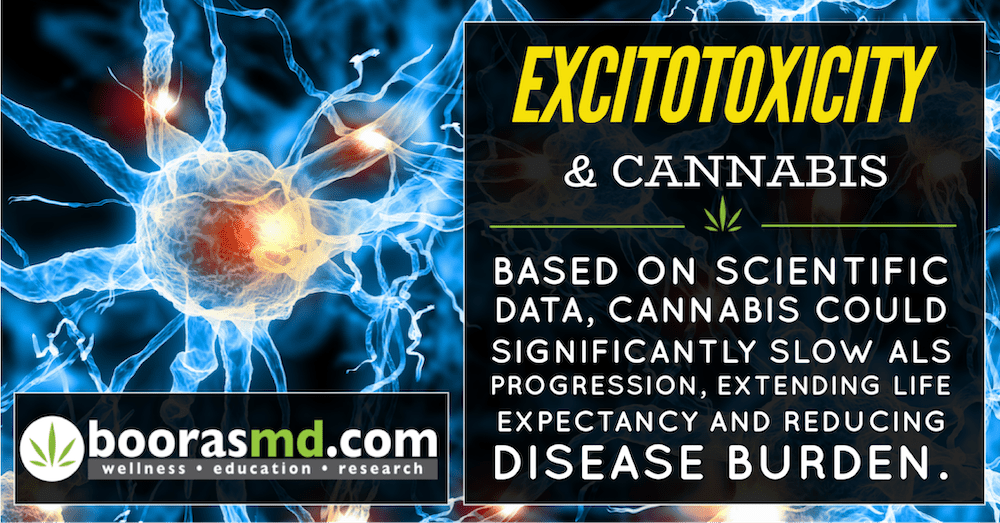Parkinson’s Disease and Medical Marijuana (Cannabis)
Parkinson’s disease and Medical Marijuana (Cannabis)
Parkinson’s disease is one of the core certifying conditions qualifying one for treatment with Medical Cannabis. This indicates that scientific evidence shows clear benefits from using medical cannabis.
Summary: Parkinson’s disease (PD) is a chronic, neurodegenerative disorder likely due to a condition called Excitotoxicity causing progressive death of dopamine-producing neurons resulting in impairment of motor control.
As well as the characteristic shaking commonly associated with the disease, other symptoms include stiffness, postural instability, dyskinesia (abnormality or impairment of voluntary movement) and bradykinesia (slowness in executing movements).
In subsequent stages of the disease, sensory, sleep and emotional problems (depression or anxiety) can also appear, coupled with dementia in the latter phases. https://www.fundacion-canna.es/en/cannabis-and-parkinsons-disease
This condition affects approximately 1 million Americans and is the second most common neurological disorder (Alzheimer’s disease is the most common).
Street Marijuana is widely used by older people to self-medicate symptoms of neurological and psychiatric disorders such as PD, multiple sclerosis (MS), amyotrophic lateral sclerosis (ALS), and schizophrenia [3].
About 44% of the population with PD and MS are currently using Street marijuana with some benefit due to THC. Unfortunately, street marijuana has very little CBD, which is very important in getting the most out of Medical Marijuana (Cannabis). https://www.cureus.com/articles/20020-pros-and-cons-of-marijuana-in-treatment-of-parkinsons-disease
Uncontrolled PD dramatically impairs a persons quality of life and can render them trapped in a body they cannot control resulting in the inability to care for themselves. Individuals with Parkinson’s experience a wide variety of other symptoms including; dementia, confusion, fatigue, depression, sleep disturbances, constipation, fear, anxiety and trouble urinating. Falls occur commonly in people with PD. A Survey by the Parkinson’s Foundation showed that 95% of Neurologists had been asked to provide medicinal cannabis but only a small minority are qualified or certified to provide Medical Marijuana (Cannabis). https://www.parkinson.org/Understanding-Parkinsons/Treatment/Medical-Marijuana
The Role of Cannabis in managing Parkinson’s disease.
Modern scientific research supports the notion that cannabis could be beneficial in reducing inflammation as well as slowing disease progression. Federally-funded preclinical probes have documented the robust antioxidant and neuroprotective properties of CBD and THC with “particular application … in the treatment of neurodegenerative diseases, such as Alzheimer’s disease, Parkinson’s disease and HIV dementia.” [Published in 1998, these findings formed the basis of the U.S. government obtaining a patent on CBD as antioxidants and neuroprotectants.]
Cannabis contains over 100 neuroactive “Phytocannabinoids” that activate the Endocannabinoid System (https://www.ncbi.nlm.nih.gov/pmc/articles/PMC2241751/). They have powerful effects on two types of cannabinoid receptors, type 1 (CB1) located in the brain and type 2 (CB2) located in the peripheral immune system. People with PD have less CB1 receptors than people who do not have PD. A boost to the CB1 receptor through an agonist, like cannabis, can improve tremors and may alleviate the side effect of dyskinesia. Similarly, the other receptor, CB2, is also being studied to determine if it can modify the disease or provide neuroprotective benefits. https://www.parkinson.org/Understanding-Parkinsons/Treatment/Medical-Marijuana
CBD activates a G-protein coupled receptor called GPR6 that is found in a high concentration in the basal ganglia region of the brain. Depletion of GPR6 increases dopamine levels, which is a critically important brain neurotransmitter.
Raw cannabinoid acids (such as CBDA and THCA) are the chemical precursors to “activated” cannabinoids (CBD, THC). The evidence thus far suggests that THCA and CBDA have powerful therapeutic attributes, including anti-inflammatory, anti-nausea, anti-cancer, and anti-seizure properties. In a 2004 survey of cannabis use among patients at the Prague Movement Disorder Centre in the Czech Republic, 45 percent of respondents reported improvement in PD motor symptoms.
Trial and error is needed to find what cannabinoid profile and method will work best. Starting a low-dose and titrating up is recommended, particularly with THC-rich cannabis.
Many experts advise using a 1:1 ratio of THC to CBD and to look for THCV (Tetrahydrocannabivarin)-rich varieties. THCV is a psychoactive cannabinoid found most prevalent in Sativa strains of cannabis. It is known to produce a more motivated, alert and energizing feeling of euphoria. For this reason, it is often recommended for daytime or any time when functionality is important.
THCV relieves stress and research shows it can help to reduce or even prevent anxiety and panic attacks. For this reason, it plays an important role in the treatment of post-traumatic-stress-disorder (PTSD). It is also neuroprotective, so it is ideal for treating conditions such as Alzheimer’s disease, Parkinson’s disease, and multiple sclerosis. THCV also suppresses the appetite. https://www.crescolabs.com/cannabinoids/thcv/
https://www.leafly.com/news/cannabis-101/what-is-thcv-and-what-are-the-benefits-of-this-cannabinoid
Conventional treatment: At this time, traditional medical therapy is considered symptomatic treatment as we do not currently have prescription medication available that is considered to have neuroprotective (disease-modifying) effects similar to cannabis.
- Levodopa-Carbidopa is considered the standard of PD treatment.
- Monoamine oxidase MAO) inhibitors. These agents are sometimes used early on in Parkinson’s disease. They provide mild symptomatic benefit and have improved long-term outcomes by about 25%.
- Dopamine agonists. Ropinirole and Pramipexole provided moderate symptomatic benefit and delay the development of dyskinesia (impairment of voluntary movement).
- There are a variety of medications available to treat the nonmotor symptoms of Parkinson’s, including autonomic, cognitive/psychiatric and sensory symptoms such as depression, dementia, hallucinations, REM sleep behavior disorders, positional (orthostatic) lightheadedness due to a drop in blood pressure, constipation, pain, numbness and restless legs.
The Parkinson’s foundation sponsored research to determine physician attitudes about cannabis at 40 centers of excellence. https://www.parkinson.org/Understanding-Parkinsons/Treatment/Medical-Marijuana
- Only 23% of the physicians treating patients with Parkinson’s had any formal education on cannabis.
- They reported that 80% of their Parkinson’s patients have used cannabis in some form.
- Only 11% of the physicians had recommended use of cannabis within the prior year.
“PD is debilitating and can manifest as both motor and non-motor symptoms including bradykinesia, dyskinesia, resting tremor, rigidity, and depression. Conventional therapy provides a treatment for the motor symptoms, but only in the initial phase, and has side-effects of its own. Self-medication with marijuana has improved many symptoms including bradykinesia, tremor, rigidity, depression, sleep, and pain… More research is required to study the effects of marijuana in patients with PD, for which treatment is limited.” https://www.cureus.com/articles/20020-pros-and-cons-of-marijuana-in-treatment-of-parkinsons-disease
“Marijuana has been shown to attenuate motor and nonmotor signs and symptoms of PD. However, there are limitations to the available research, including small sample sizes and lack of standardized clinical outcome measures. Neurologic manifestations of PD might be alleviated with cannabis products, but such assertions are yet be established in reference to patient-specific factors, such as disease stage, target symptoms, and prior levodopa exposure, and dosages of cannabis product have yet to be established. Further research will reveal the efficacy and safety of medical marijuana for patients with motor manifestations of parkinsonism. Until then, pharmacotherapy with cannabis should be considered and applied with caution.” https://www.ncbi.nlm.nih.gov/pmc/articles/PMC6450681/
A survey of 1,064 Parkinson’s patients (mean age of 71.2 years; mean disease duration of 7.4 years) across 49 states was created by The Parkinson’s Foundation. The goal of the online questionnaire c I was to understand Parkinson’s patients’ knowledge, motivations, and routines related to cannabis use. Results showed that 24.5% of survey respondents (262 patients) had used cannabis in the past six months. Cannabis users were about three years younger than non-users (69 vs. 72 years) and reported learning about cannabis use either from the internet or the news (30.5%) or from friends or other patients (26%). Patients mostly used cannabis to address Parkinson’s. Specifically, they resorted to cannabis use to address non-motor symptoms of anxiety (46%), pain (44%), and sleep disorders (44%). https://parkinsonsnewstoday.com/2020/09/18/parkinsons-patients-use-cannabis-symptom-relief-us-survey/
Additional References:
https://www.projectcbd.org/medicine/cbd-and-parkinsons-disease
https://www.michaeljfox.org/news/ask-md-medical-marijuana-and-parkinsons-disease
Written by Dr. Charlie Booras, MD on 9/9/20
Updated on 2/6/21





